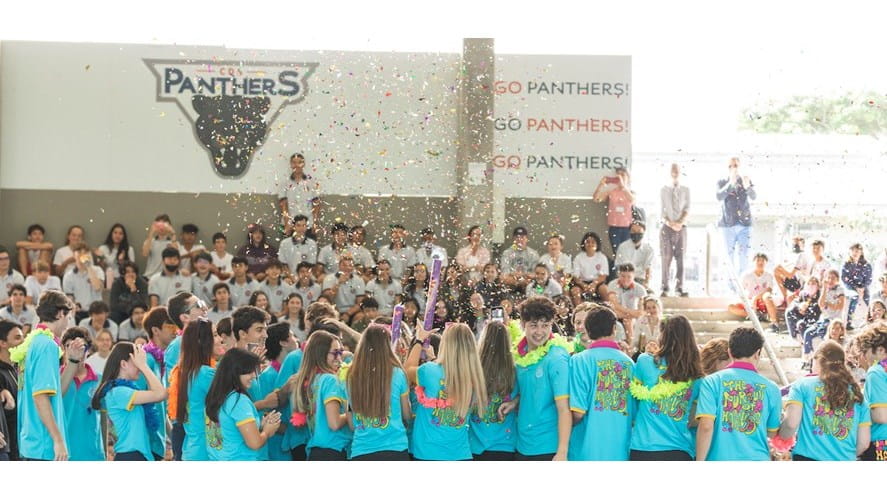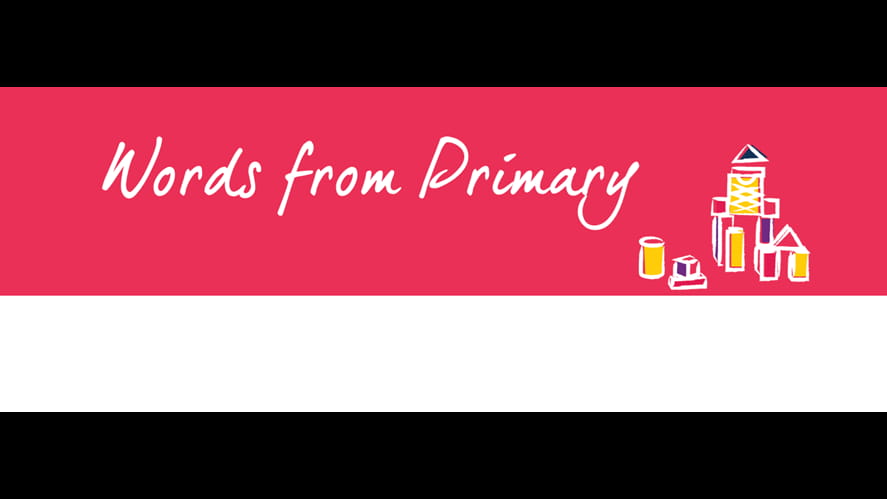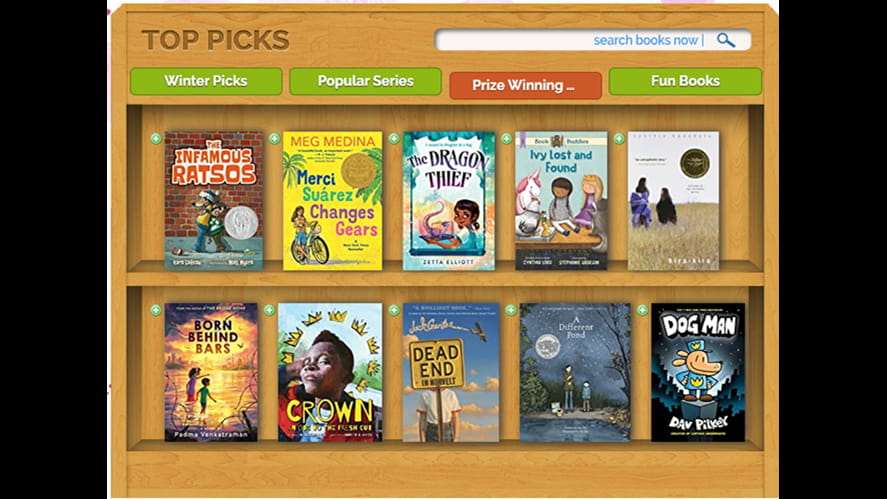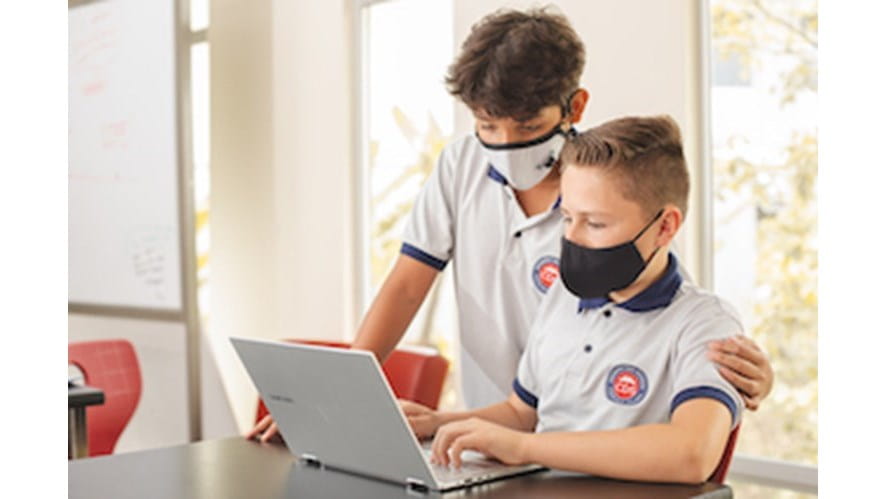We use cookies to improve your online experiences. To learn more and choose your cookies options, please refer to our cookie policy.


Mrs. Ariel Weissburg
Primary Principal
Dear Families,

It’s been another amazing week of learning in Primary! I want to share a special thank you to all of you for collaborating with class reps to send a special Valentine’s Day treat for our teachers! Students had a “blind date with a book” during library class and celebrated friendship during Valentine’s Day card exchanges. Reading and writing were naturally embedded into celebrations this week.
After much research, our cursive writing initiative started a few years ago in Early Childhood. Cursive writing is a multi-sensory experience. Because fine motor skills are integrated with visual and tactile processing abilities, writing in cursive supports cognitive function and development. Research shows that children who learn to write in cursive have fewer letter reversals and tend to be better spellers. Children who write in cursive are often better writers overall because cursive writers have a stronger understanding of how words should be organized and combined to craft strong phrases and complex sentences. Studies have found that writing in cursive activates brain areas important for memory and reading, leading to improved retention and reading acquisition.
Our cursive program continues to evolve. With input from our teachers, our Curriculum Coordinator Monique Russell created a developmentally appropriate scope and sequence to support handwriting instruction, which stretches across grade levels. We are excited to incorporate hands-on manipulatives, workbooks, and other resources next year.
Below you’ll find more information about how children progress through the stages of cursive writing development starting from PreK.
Wishing you a great weekend!
Ariel
Our cursive curriculum begins with our youngest learners. Prekinder children focus first on recognizing letters and names in both cursive and print, and on starting to create the basic strokes that form lowercase letters in cursive. Children’s writing begins with marks and scribbles before progressing to letter-like forms, teachers encourage children’s writing at all stages in centers. In Kinder, children will work to write their names and all of the lowercase letters in cursive, with exposure to uppercase letters.
As children begin learning to read, their writing expands. In Prep, children intentionally practice writing both lowercase and uppercase letters, first and last names, as well as sight words. In Writer’s Workshop, both Prepsters and First Graders apply their cursive handwriting to create books and stories with a combination of drawings and full sentences or paragraphs.
Beginning 2022-23, children in Grade 2 (and Grade 3 the following year) will continue improving their cursive handwriting with opportunities for authentic writing and targeted practice. Teachers will use the same curriculum introduced in Early Childhood, along with age-appropriate workbooks, to reinforce the correct formation of letters.
Grade 4 - Grade 5
As children progress through the elementary grades, writing in cursive will become second nature. At this stage, they will experience many of the cognitive benefits of writing in cursive, such as memory retention. As upper elementary children begin to publish writing digitally, they will have the option to take notes and write drafts in whatever handwriting form is most comfortable for them. Teachers and children will have access to the same cohesive cursive curriculum materials for students who would like to practice or need additional support.
Students should bring reusable water bottles to school each day.
Our 2nd-5th grade students have swimming during PE this quarter. Please remind your child to pack their swim gear.
Feb 23: Anti-Bullying Day (Wear pink and class-based activities)
Feb 25: Global Citizenship Day
The theme for February is empathy. Students will learn about being empathetic during Social Emotional Learning (SEL) classes and put this value into practice throughout the month. On February 25th, we will wear red to celebrate taking care of each other’s hearts. Elementary students can also wear their Animal Nations shirts on this day. Some families were late to submit their money for Animal Nations shirts so we waited to submit our order. Due to this delay, it’s possible that shirts will not arrive by February 25th.


Our elementary teachers use the Developmental Reading Assessment (DRA) to assess students reading levels at least twice a year. This assessment helps teachers get a full understanding of students’ reading fluency, comprehension, vocabulary, and reading engagement so that we can individualize reading support for each student.
Students are assigned a numeric (or alphanumeric for very early readers) DRA level A1 through 80. At home or during independent reading time at school, we can use students’ DRA levels to provide students with “just right” book options to read independently. At home, I highly recommend using Scholastic’s Book Wizard to help find books at the appropriate level for your child. When a book is at a child’s level it often helps children stay engaged and excited about reading!
Reading at home is so important! I encourage families to read together and make this a daily routine. Here’s a list of questions families can use to guide conversations with their children before, during, and after reading. Teachers will be sharing DRA levels by email with families as they become available.
Review the books we have available: cdslib.follettdestiny.com

CDS is no longer offering virtual school to any student as a precaution against infection. Virtual School is an option for students who test positive for Covid or are under an orden sanitaria due to a positive family member. If VS becomes necessary then the classroom teacher will share a spreadsheet with the virtual learning plan. This plan will include the daily schedule with specific zoom links and assignments for asynchronous assignments.

If parents of bus riders wish to change their child's usual method of transportation home, they must fill in the Primary School Student Transportation Change (JUST FOR BUS USERS) before 11:00 a.m. If the child is not a bus user, the family needs to send an email directly to the teacher and secretary indicating the corresponding change before 11:00 am. For the safety of all children, transportation changes may not be made through a phone call.

If a student must be picked up early from school, the family should email the classroom teacher and secretary with the name of the student(s), time, and name of the person picking up the child. The Prek-3rd grade will use the East Gate, 4th and fifth grade will use the North Gate. The person picking up must show their ID.
Please fill out the Primary Permanent Permission to Leave School form in order to authorize who has your permission to pick up your child from the school. This must be updated at the beginning of every school year by every family. If the information is not updated, only the mother or father of the child are allowed to pick up the student.